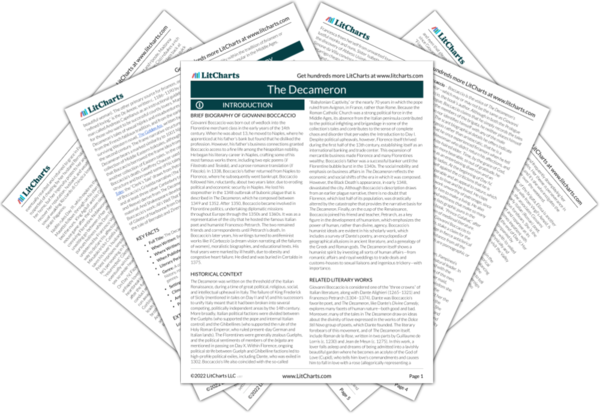In contrast to the previous tale, Melchizedek doesn’t recognize the superiority of Christianity and convert. The potential blasphemy of the claim that it’s impossible to tell which religion is right (in the context of Christian-majority medieval Europe, the correct answer would be, of course, Christianity) is softened by putting the answer into the mouth of a Jewish man. And at the end of the story, Melchizedek has changed from fulfilling the stereotype of the miserly Jew to the stereotype of the wise Jew. In this capacity, he demonstrates that wisdom is the ability to recognize a situation and handle it with tact and grace.


